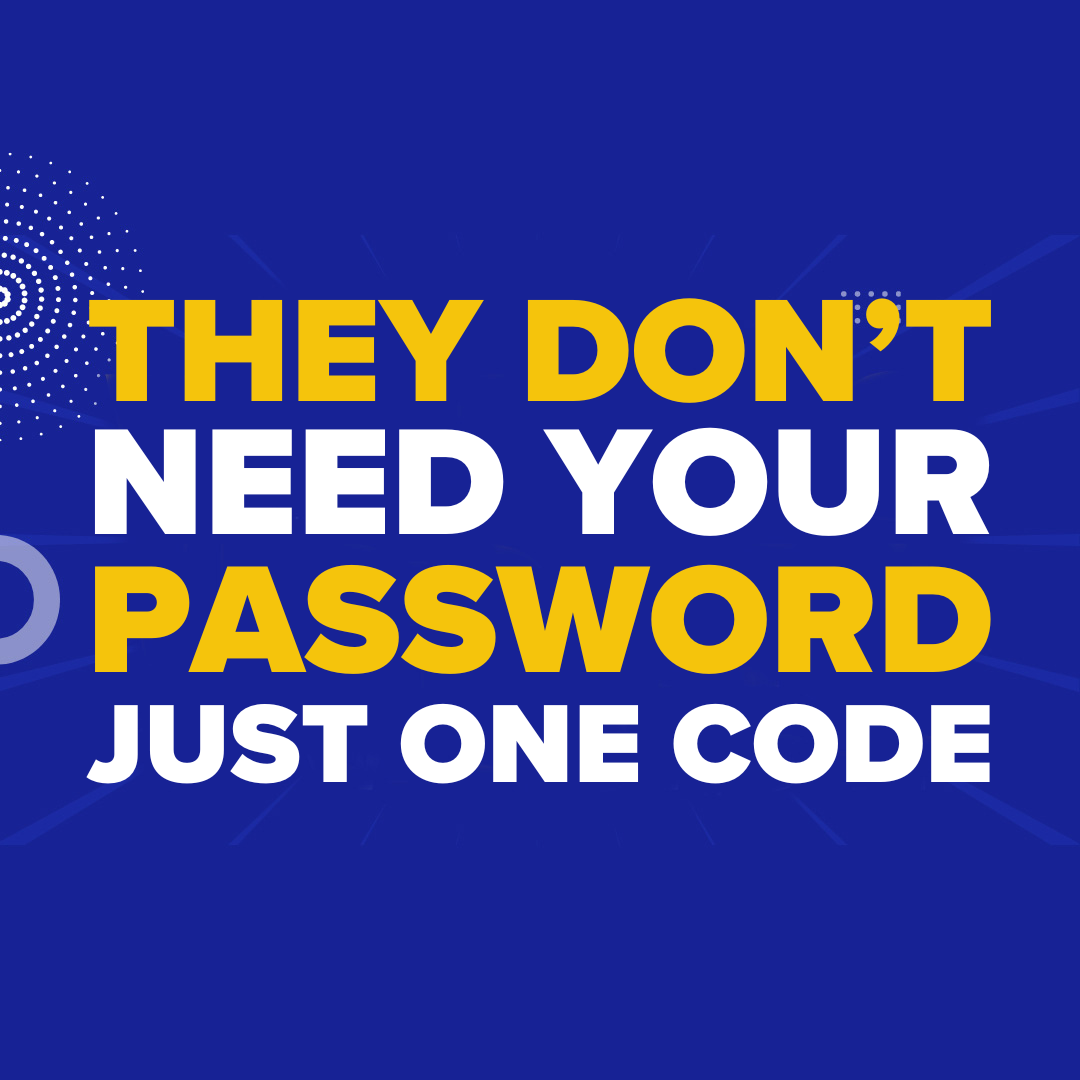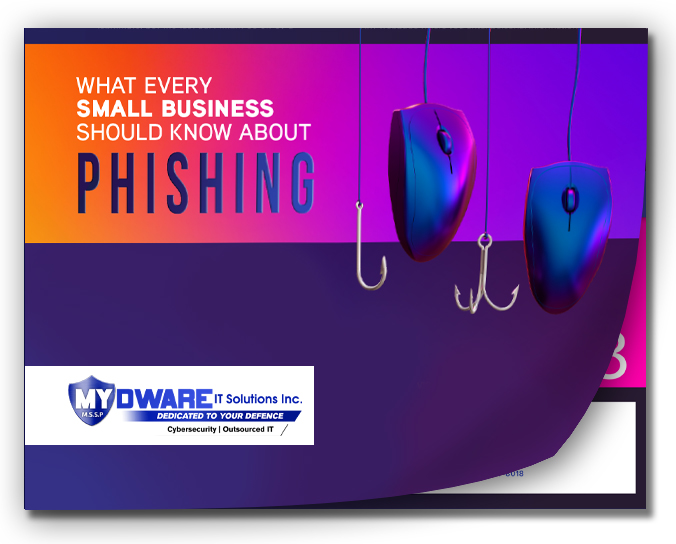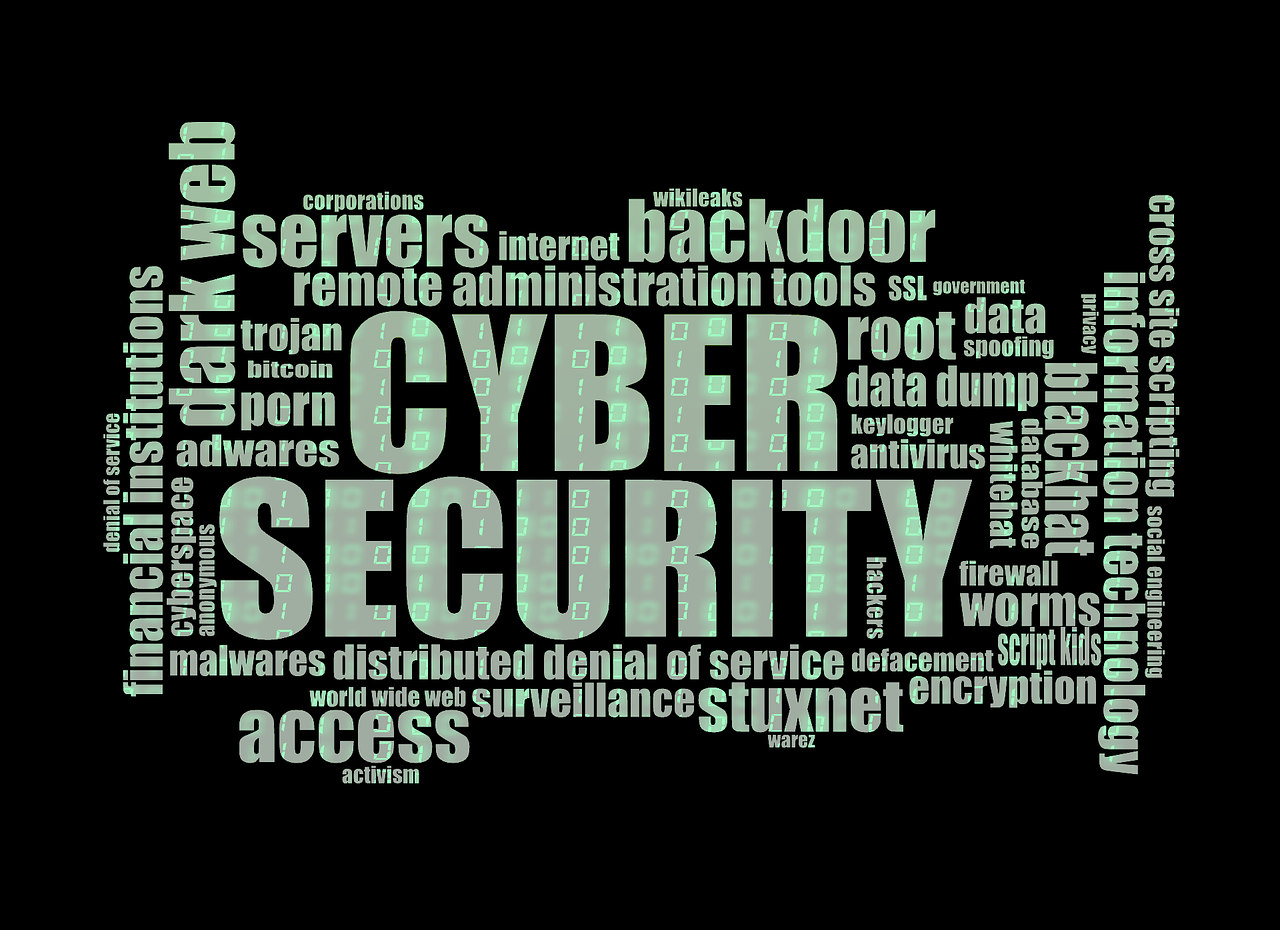
You’ve trained your team. You’ve got multi-factor authentication (MFA). Your passwords are solid. So why are cybercriminals still breaking into Microsoft accounts in 2025?
Book a FREE cybersecurity risk assessment NOW and let’s uncover the hidden backdoors hackers are already using—and how to close them before your business gets hit.
The New Cyber Trick That Doesn’t Need Your Password
There’s a sneaky new scam going around, and it’s catching even security-aware businesses off guard. It’s called device code phishing—and it bypasses all the usual red flags.
This one doesn’t ask for your password. It uses something even more convincing: a real Microsoft login page.
You get an email from what looks like a coworker, asking you to join a Teams meeting or approve a login. Seems normal. You click the link, land on Microsoft’s real sign-in screen, and it asks for a short “device code.”
You type it in.
Boom—you’ve just logged a hacker into your account.
Still think cyber insurance will cover you if you slip up? Here’s why insurance isn’t a replacement for security.
How the Scam Works (And Why It’s So Dangerous)
Unlike typical phishing attacks, this one doesn’t rely on fake websites. Everything looks legit—because it is.
1. They Send a Convincing Email
The attacker poses as someone from your team or vendor. It’s clean, professional, and contains no sketchy links.
2. You Click Through to a Real Microsoft Page
The sign-in screen is legit. Microsoft-hosted. No typos, no red flags.
3. You Enter a “Device Code”
This is the trap. That code gives the hacker access to your Microsoft 365 account—on their own device.
4. They Bypass MFA and Gain Full Access
Even with MFA, this method tricks the system. Now they can read emails, steal files, and impersonate you.
Wondering what you can do with Microsoft 365 safely? Start with these 5 Copilot benefits to improve your workflow.
What Makes This Attack Harder to Catch
It’s not flashy. It’s not sloppy. It blends in. Because the attacker is using official Microsoft login flows, your security tools might not even flag it. And since they capture your session token, changing your password doesn’t always lock them out.
Now is the time to educate your team. These 7 reasons show how Microsoft tools can empower—but they also open doors if you’re not careful.
How to Shut This Down Before It Starts
This scam is clever—but not unstoppable. Your best defence is awareness and a few smart tech tweaks.
1. Teach Your Team to Pause on Device Codes
Real Microsoft logins never involve random codes sent by someone else. Treat them as red flags.
2. Verify Any Request That Seems “Off”
Use phone calls or internal messaging to confirm strange login prompts.
3. Disable Device Code Logins If Not Needed
If you’re not using this feature for business, your IT provider should turn it off completely.
4. Restrict Logins by Location or Device
Lock down your Microsoft environment so only trusted endpoints can sign in.
5. Keep Staff Training Front and Centre
Awareness beats panic. Ongoing training is what stops good people from clicking bad things.
Hackers Are Skipping Passwords—And Going Straight for Access
This is happening right now to Canadian SMBs who thought their security was tight. If you’re only protecting passwords, you’re already behind.
Book a FREE cybersecurity risk assessment today and let’s make sure no one’s sneaking in the side door.
Darryl Cresswell
CEO & President
MYDWARE IT Solutions Inc.




